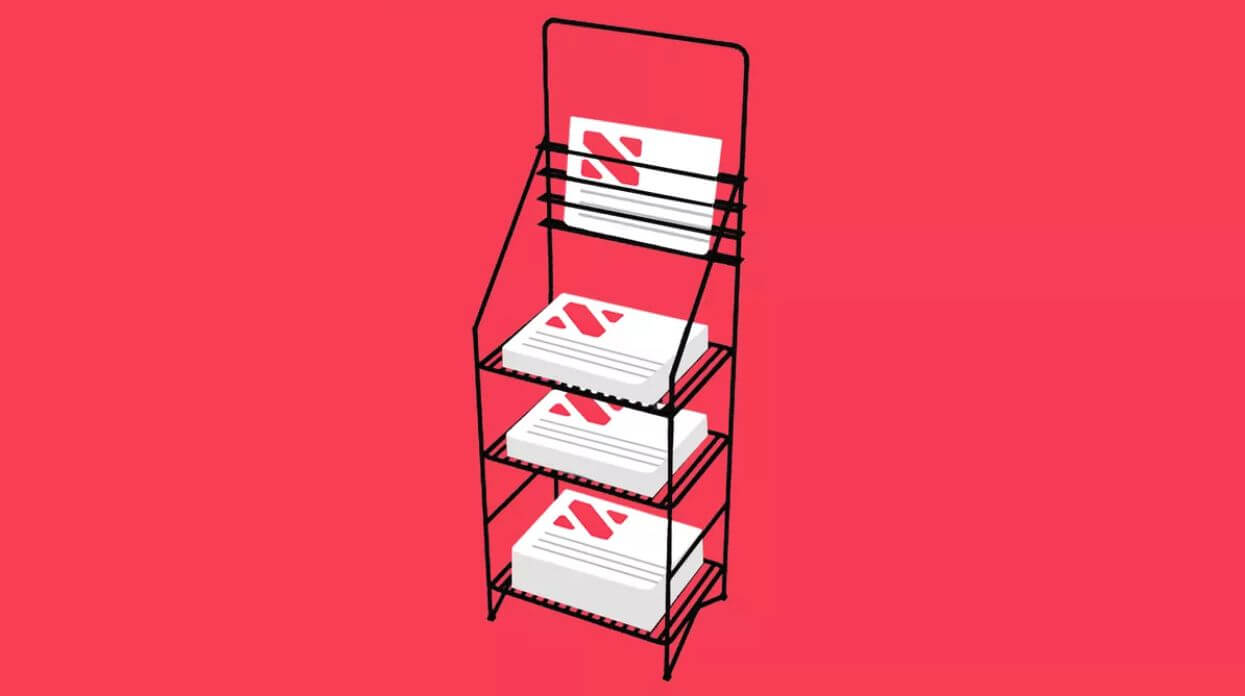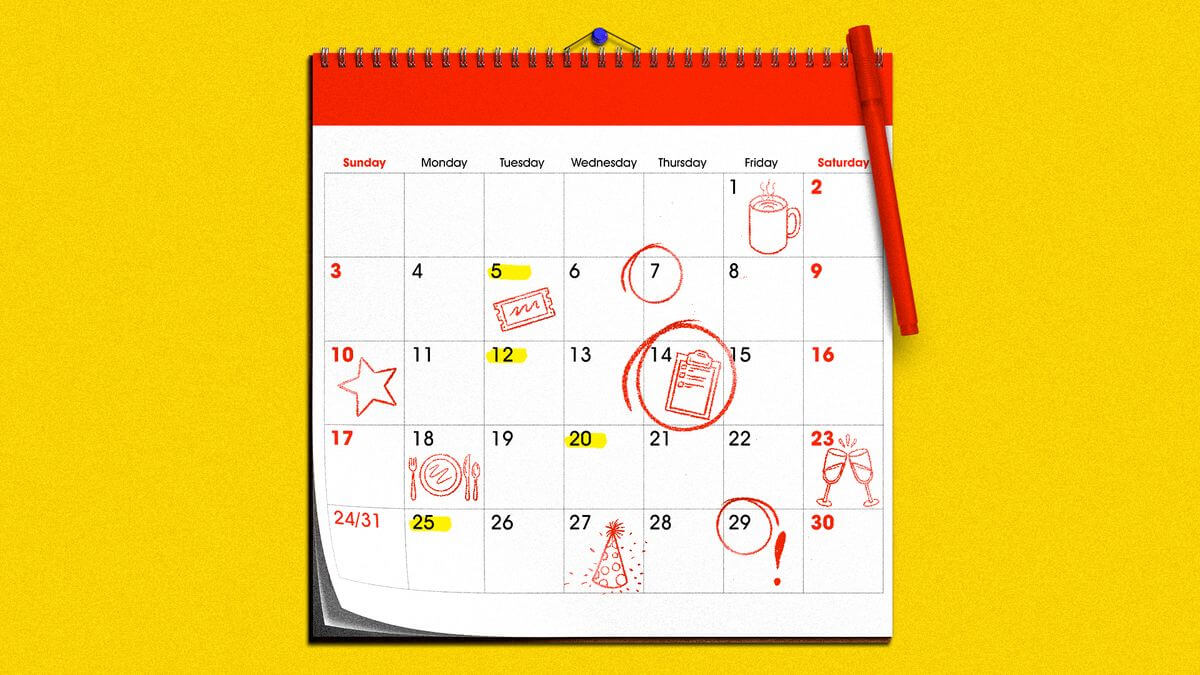7/1 Torchbearer Weekly Policy Update
Thank you for letting us be your trusted source for local, state, and federal policy updates. Let’s dig in…
- Reading Skills, Wetland, Higher Education Laws Going Into Effect July 1
- Federal Ruling Against Healthy Indiana Plan Potentially Jeopardizes Program
- Premiums Return for Indiana’s HIP, CHIP Medicaid Enrollees
- The Messed Up Market For Childcare Workers
- Preliminary Data: Indiana Unemployment Hits Highest Rate in Nearly Three Years
- Gov. Holcomb Hosts Hoosier Huddle, a Resource Program to Promote The Hoosier Playbook
- Share the Torchbearer Newsletter with Your Network!
- Important Dates
Let’s dive in.
Reading Skills, Wetland, Higher Education Laws Going Into Effect July 1

What’s new: Happy July 1st! Indiana will implement nearly 150 new laws today, covering a range of topics. One important law focuses on reading skills and proficiency among Indiana youth. This law requires schools to hold back third graders who fail the state reading proficiency exam, while providing exemptions for certain students. It also mandates proficiency testing in second grade and additional support for at-risk students. Another significant law allows happy hour drink sales in Indiana after a 40-year ban, aiming to support small businesses.
Read more about what laws will be officially implemented today: (Indiana Capital Chronicle)
Federal Ruling Against Healthy Indiana Plan Potentially Jeopardizes Program

What’s happening: A federal judge vacated the federal approval for Indiana's Healthy Indiana Plan (HIP), putting a program providing health insurance for hundreds of thousands of Hoosiers at risk. The judge found fault with the U.S. Department of Health and Human Services' approval of various aspects of HIP 2.0, including POWER Accounts and the lack of retroactive coverage. The ruling's full extent is unclear, but the state argued that striking the POWER Accounts could unravel the entire program. The judge disagreed and stated that beneficiaries would remain Medicaid eligible even without the approval.
Why it matters: The jeopardization of the Healthy Indiana Plan impacts hundreds of thousands of Hoosiers who rely on the program for health insurance. It raises concerns about the affordability and accessibility of healthcare for low-income individuals in Indiana. The ruling also highlights the challenges and controversies surrounding Medicaid programs with income-based premiums and limited coverage options. (Indiana Capital Chronicle)
Premiums Return for Indiana’s HIP, CHIP Medicaid Enrollees

What’s new: Starting July 1, certain Indiana Medicaid beneficiaries will have to start paying premiums again. This comes after the cost-sharing requirement, known as POWER Accounts, was waived during the COVID-19 pandemic. Advocates are concerned that enrollees are unprepared for the change, while federal concerns have been raised about the rule's effectiveness.
The big picture: The cost-sharing requirement in Indiana's Medicaid program was first introduced in 2007 and has been developed over the years. The state government has implemented specific waivers to tailor the program, including work requirements, premiums, retroactive coverage restrictions, and limitations on non-emergency medical transportation payments. These waivers are currently being challenged in a lawsuit filed by the Indiana Justice Project.
The bottom line: Indiana Medicaid beneficiaries, especially those in the Healthy Indiana Plan (HIP), Children's Health Insurance Program (CHIP), and MedWorks, will need to be aware of the new premiums and ensure timely payment to maintain coverage. Failure to make payments could result in disenrollment, though there is no lockout period for reapplying. Advocates have raised concerns about the confusion and administrative burden associated with the premiums, as well as potential disparities in access to coverage and care. (Indiana Capital Chronicle)
The Messed Up Market For Childcare Workers

The number of people working in child care still isn't back to pre-pandemic levels, finds important new research from the Chicago Fed.
Why it matters: This sector is a key part of the U.S. economy. Without access to care, parents, typically women, often can't join the labor force — at a time when the job market is still tight.
By the numbers: A big problem is that child care workers' pay is extremely low — the median wage is $14.60 an hour, in the bottom 5% of all occupations, the research finds.
- That's less than increasingly attractive alternatives in fields like waitstaff ($15.36); or housekeepers ($16.08).
- Pay for child care workers, adjusted for inflation, increased just 5.5% between 2019 and 2023, while those other low-paying service sector jobs have experienced much bigger increases (see the chart above).
Zoom in: What's distinctive about the Chicago Fed report is that it attempts to hone in only on those employed in traditional child care — not K-12 school workers.
- Other data from the Bureau of Labor Statistics that are typically used to evaluate employment in the industry covers a broader swath of workers — and in that cut, employment has recovered to pre-pandemic levels.
The big picture: The child care job market is unusual. There is a record number of mothers in the workforce, and the demand for child care is high right now. Prices have gone up, other research has found.
- You'd expect that the high demand for caregivers would lead to higher wages to attract more workers. That's what happened in the restaurant sector, where pay for waitstaff is up nearly 18% since 2019.
- But the child care sector is constrained when it comes to prices by what parents of young children — folks likely at the start of their careers with more limited funds — can pay for care. (The restaurant sector, by comparison, has a wide customer base.)
- When parents can't afford care, typically they drop out of the workforce — to provide that care themselves "for free." And parents who live close to extended family, who are willing and able to provide free care, may be more price sensitive, the researchers point out.
The bottom line: Pay for child care workers is lower than other similar jobs — and employers can't necessarily raise prices to attract more people — so the industry is struggling to hire and parents are struggling to find care. (Axios)
Preliminary Data: Indiana Unemployment Hits Highest Rate in Nearly Three Years

What’s new: New preliminary estimates show that Indiana's unemployment rate has increased to 3.7 percent, the highest since August 2021.
Why it matters: This rise in unemployment is significant as it indicates a potential weakening labor market in Indiana. With a slight decrease in the total labor force and a decline in the labor force participation rate, Hoosiers need to be aware of the increasing challenges in finding employment and the need for possible interventions. (WFYI)
Gov. Holcomb Hosts Hoosier Huddle, a Resource Program to Promote The Hoosier Playbook

What’s new: Last week, Governor Eric J. Holcomb and state officials held a Hoosier Huddle event to discuss various resources to enhance education, health, workforce development, infrastructure, community development, and public safety.
The big picture: The Hoosier Playbook provides insights into initiatives like the Health First Indiana program, preparing students for future careers, and fostering community vibrancy through programs like READI. (City-County Observer)
Share the Torchbearer Newsletter with Your Network!

Not signed up for our weekly newsletter? Sign up today!
Important Dates:

- State Board of Education - Monday, July 17 at 9am
